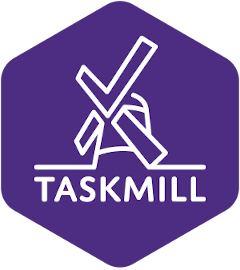Retrospective, or retro for short, is one of the cornerstones of agile practices. Continuous improvement can only be achieved if we understand where we need to develop. Too often in retrospectives, discussions remain superficial, focusing on substance rather than delving into deeper levels of behavior and interaction. Only by changing our actions can we influence what we achieve together.
In this workshop, we can focus on a specific problem area or consider the team’s work more broadly. We can also focus on a two-week timeframe or look at a longer time span, depending on your needs.
As a company specialized in agile practices, we have led hundreds of retrospectives in different environments, teams, and projects. By utilizing our retro workshop, you will also learn how to conduct better retrospectives independently.
In this workshop, you will:
- Review the fundamentals of retrospective: why it is so essential to agile practices and what makes it useful.
- Agree on common rules for the workshop.
- Participate in a well-facilitated retrospective, enabling you to better grasp the challenges facing your team or department.
- Learn how to facilitate a functional retrospective yourself.
Order a retrospective or request more information:
Here are some tips for a efficient event:
- Set the stage: Start by creating a safe and open environment where team members feel comfortable sharing their thoughts and opinions.
- Gather data: Collect data on what worked well, what didn’t work well, and any other observations or feedback from the team members.
- Generate insights: Analyse the data and identify key patterns and themes that emerged during the period being reviewed.
- Decide what to do: Based on the insights gained, determine what actions can be taken to improve the team’s performance, and prioritise them.
- Close the retrospective: End the meeting with a clear understanding of what actions will be taken, who will be responsible for them, and when they will be completed.
- Follow up: Ensure that the actions agreed upon during the retrospective are tracked and reviewed at the next retrospective meeting, to ensure progress is being made and that the team continues to learn and improve.
